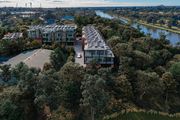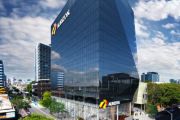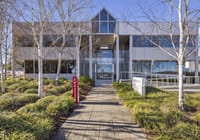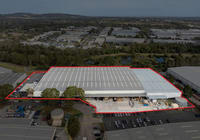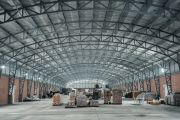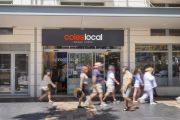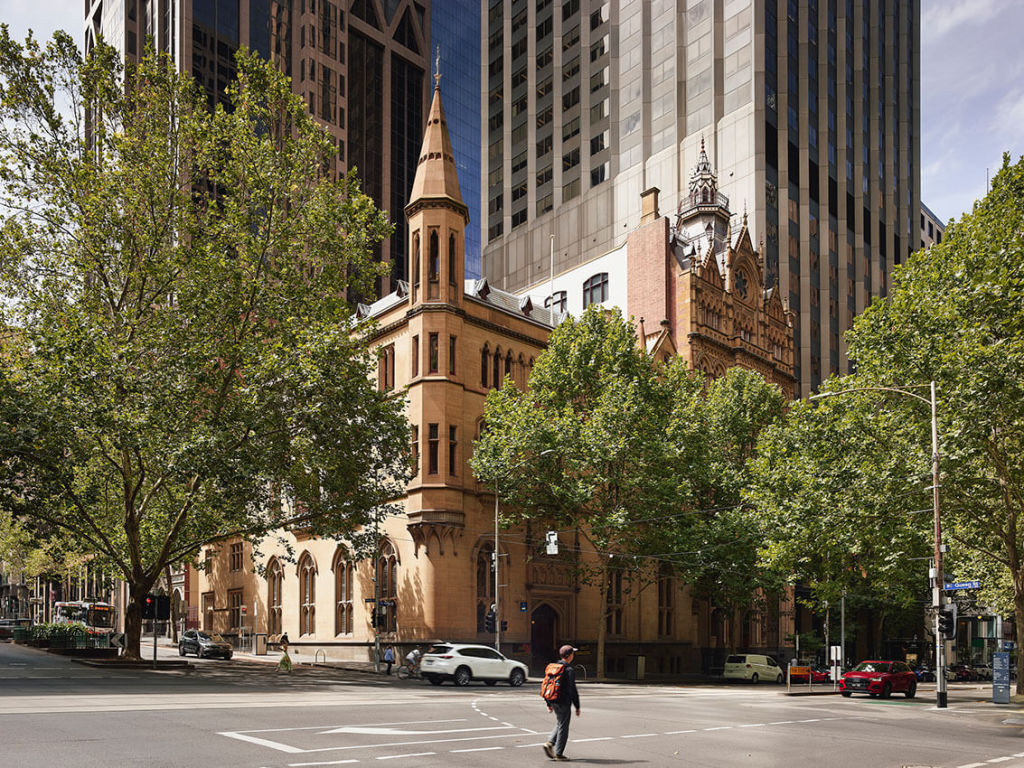
The individuated workplace
Being so lavishly neo-Gothic, the once ES&A banking headquarters on Melbourne’s lower Collins Street was stand-out different when it was built in 1887.
So were its immediate neighbours; the Venetian Gothic 1890 Safe Deposit Building, and the 1891 Old Stock Exchange that has a fantastically churchy chamber called “The Cathedral Room”.
But in staggeringly wealthy Melbourne at the time, when there were 20 banks in the Collins Street vicinity all competing for investor pounds, the point of putting up new financial buildings was to make an over-the-top architectural statement.
This particular corner-sited trio, which has been retained as irreplaceable Melbourne heritage while so much handsome Victoriana has gone, along with a 34-level 20th-century nuovo Gothic tower behind, is today banking on being idiosyncratically interesting enough to attract businesses who want to entice their workers back into a city office.
The latest data on Melbourne workers returning to their city desks suggests this is still a hard ask with only 49 per cent of employees routinely leaving home to go back to work.
Stephen Nicol, leasing manager with the GPT Group that bought what had been the ANZ Bank’s Melbourne headquarters in 2016 and subsequently spent $238 million “repositioning” the address now branded as Queen & Collins, says the term for the exercise of drawing staff back to a CBD workspace is “the earn-your-commute space”.
He says bosses “are ultimately looking for distinctive spaces – a workplace with an edge that will really bring people back.”
Following the expensive two-year-long and multiply-awarded architectural revamp of the collation of buildings, even in the COVID-challenged workplace setting, some 60 per cent of Queen & Collins is already leased, and to some household-name companies such as Afterpay, Judo Bank and ELMO software as well as legal and engineering firms.
Nicol says that with the market so focused on finding places that have “character without compromise” but also feature thoroughly updated modern amenity (“all our toilets are gender neutral”), tenants at 80 Collins Street have been willing “to pay above market value”.
He believes the whole project will be leased by Christmas, although admits that so far, the retail spaces – there are 12 on the ground level – “have been the most difficult because of the market at the moment. But because we’re going well in office rents, we’ve lowered retail rent so they [incoming businesses] can be sustainable.”
Even so, the Sydney restaurant Nomad has chosen to become part of the mix and in the magnificent accommodation of the Cathedral Room, says Nicol, “is just finishing the fit-out”. There is also a whisky bar.
Such open-access venues reflect what has been the intent and outcome of the major rejig of the lower three floors by Kerstin Thompson Architects (KTA), who in place of a closed lobby area have created a sequence of laneway and courtyard spaces that are open to the general public, and now provide charming transit between the three buildings and two important city streets.
“This is very different to traditional towers that the public don’t feel comfortable going into”, says Nicol, who adds that “there are now multiple ways of entering the buildings off Queen and Collins streets”.
“I love the journey to the lifts because it’s a little reset point before you start the day.”
The juries of the recent 2022 Victorian Chapter AIA awards so loved what KTA and project partner BVN have done with the old places that the Queen & Collins project scooped the pool, winning four awards including the prestigious Melbourne Prize.
Also taking out the awards for Commercial Architecture, Interiors and Urban Design, the unique and celebratory refurbishment, with its laneway gesture, has done something so very Melbourne, and, according to the jurors, “made the private public and offered to share such treasured city spaces”.
As the walkways and courtyards so strongly “evoke the moodiness of Italian squares and respond to the Venetian Gothic heritage”, the jurors applauded the fact that “we are invited across the threshold to be intimate with grand spaces and courtyards.”
